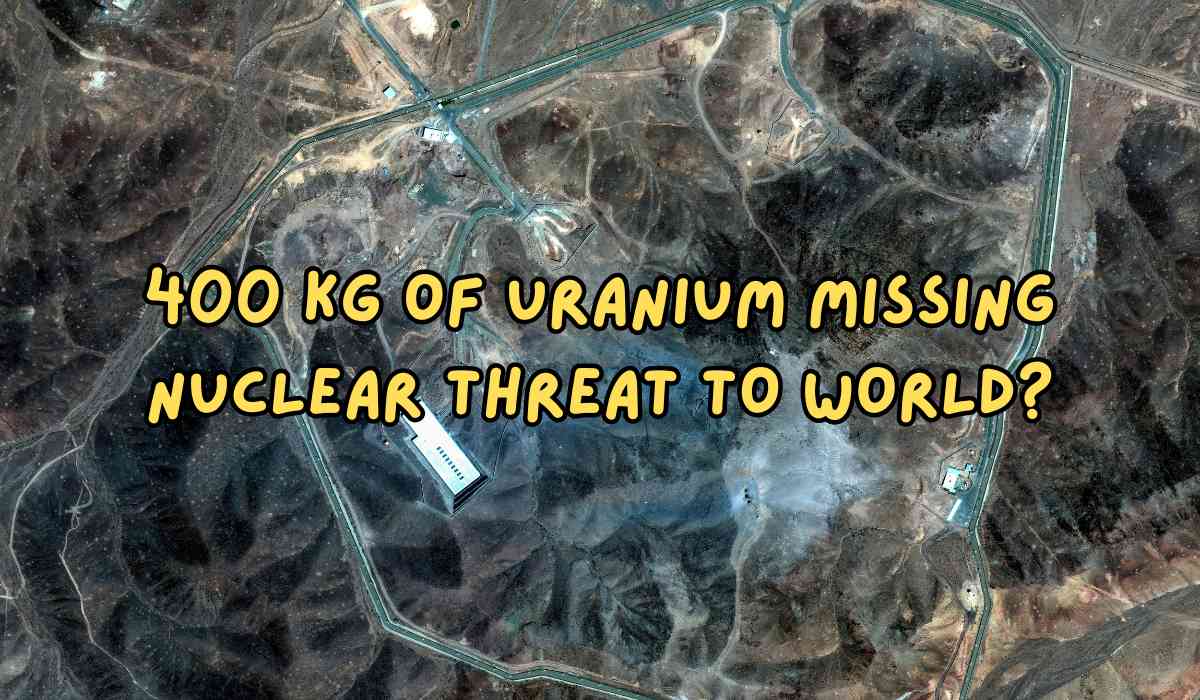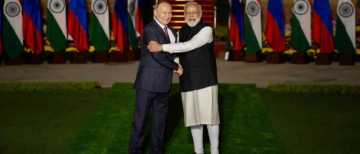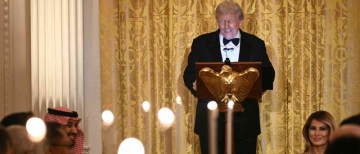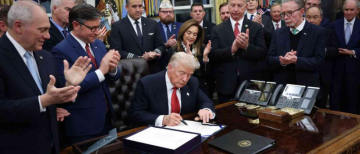In the wake of devastating U.S. airstrikes on Iran’s most fortified nuclear facilities, a silent, invisible crisis has emerged that could prove more destabilising than the destruction itself: 400 kilograms of 60%-enriched uranium, enough to build up to 10 nuclear weapons, have gone missing. The material, last seen by UN inspectors a week before the attacks, was likely moved in a covert operation that has left international agencies scrambling and world powers alarmed.
As America touts the success of Operation Midnight Hammer, a new, more complex phase of the Iranian nuclear standoff is underway, one where the uranium itself, not centrifuges or facilities, holds the key to future diplomacy, deterrence, or disaster.
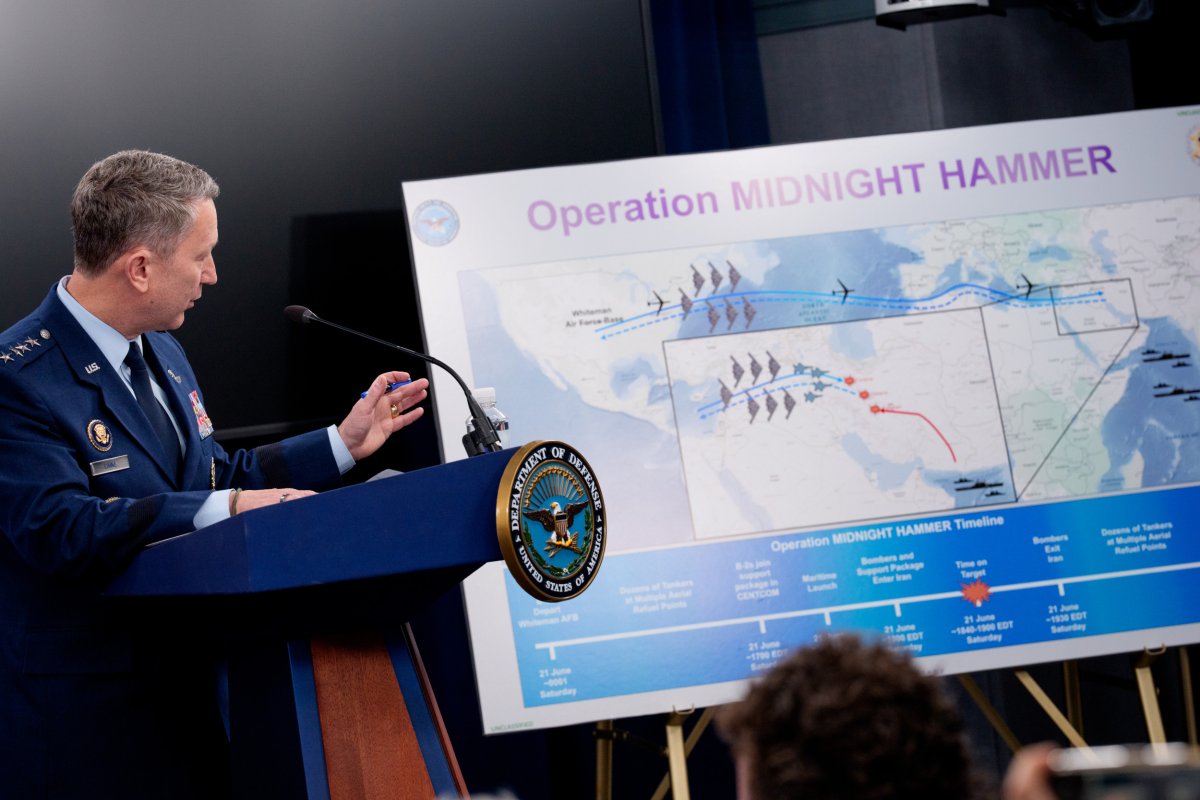
Operation Midnight Hammer: The Strike That Started a Shadow Game
The U.S.-led military operation, codenamed “Midnight Hammer”, was a coordinated, high-stakes assault launched in cooperation with Israeli intelligence. Over a 37-hour window, seven B-2 Spirit stealth bombers flew radio-silent from Missouri, deploying GBU-57 bunker buster bombs, each weighing 13,000 kg, on nuclear sites in Fordow, Natanz, and Isfahan.
These targets weren’t chosen at random. Satellite imagery from Israeli intelligence had revealed a convoy of 16 cargo trucks parked outside the Fordow facility, a hardened complex buried deep within a mountain. The timing was eerie. The trucks vanished before the bombs fell, raising immediate red flags: Had Iran relocated its most sensitive nuclear material just in time?
Also read: Between Silence and Strategy: Why Russia and China Won’t Openly Back Iran After US Strikes
The Missing Uranium: Facts, Fears, and Fallout
According to multiple confirmations from U.S. Vice President JD Vance and IAEA Director General Rafael Grossi, the 400 kg stockpile of 60% enriched uranium, nearing weapons-grade but not quite, disappeared days before the airstrikes.
Stored in reinforced barrels small enough to fit into the trunks of ten cars, the uranium is powerful enough to yield nine to ten nuclear weapons if further enriched to 90%. While the strikes may have destroyed key enrichment infrastructure, the material itself remains unaccounted for, and its whereabouts could determine the future of Iran’s nuclear trajectory.
“We’re going to work in the coming weeks to ensure that we do something with that fuel,” said VP Vance on ABC News. “That’s one of the things that we’re going to have conversations with the Iranians about.”
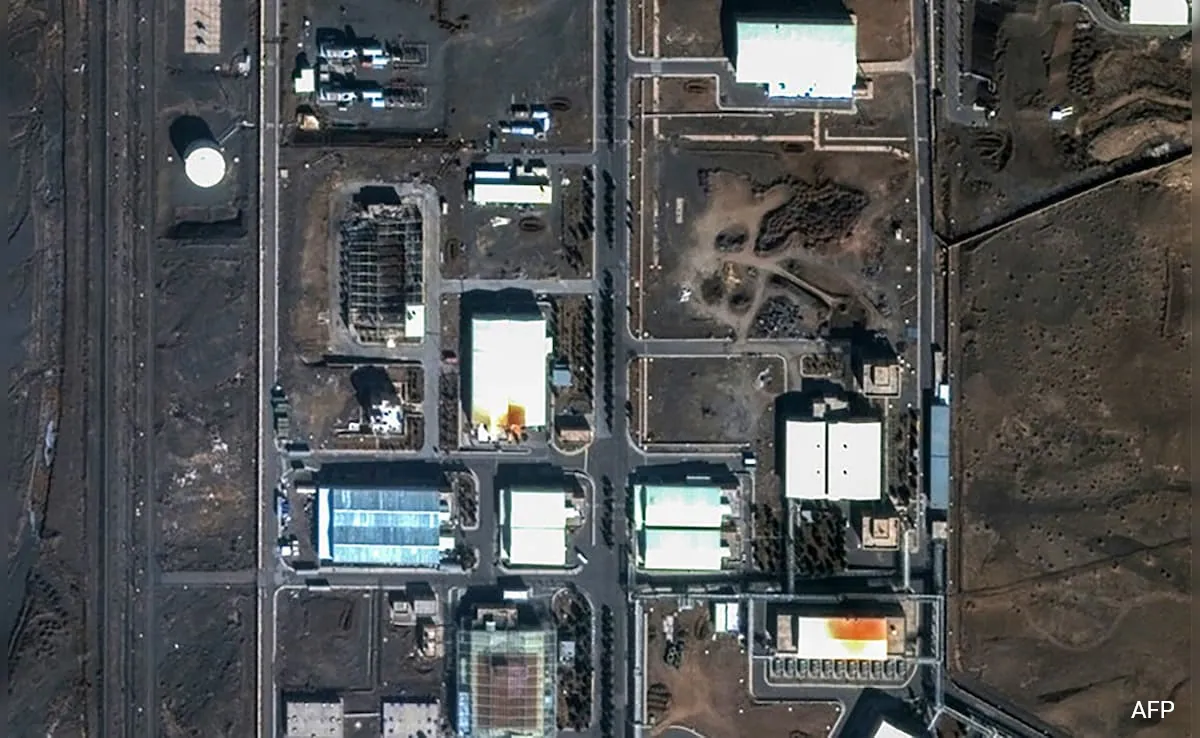
Where Is the Uranium Now? Four High-Risk Scenarios Emerge
Global analysts and intelligence agencies are now evaluating several chilling possibilities about where the uranium may have gone:
-
Relocation to Another Underground Site
U.S. and Israeli agencies strongly suspect the uranium may have been moved to another covert facility, possibly near Isfahan. Annika Ganzeveld of the American Enterprise Institute warned this strategy allows Iran to “wait out the conflict” and resume operations later. -
Transfer to Allied Nations
Some experts speculate Iran may have entrusted the material to geopolitical allies like Russia, China, or even North Korea. This not only complicates global negotiations but potentially distributes nuclear risk across hostile networks. -
Dispersal for Dirty Bomb Use
Though less likely, there’s concern the material could be repurposed for radiological weapons by non-state actors. Nuclear physicists downplay this risk, noting that 60%-enriched uranium makes a “poor dirty bomb” compared to medical-grade isotopes. -
Simple Transport by Land or Sea
Jeffrey Lewis of the James Martin Center confirmed that uranium can be discreetly moved in reinforced steel cylinders via road, rail, or ship, a possibility consistent with the 16-truck convoy spotted at Fordow.
A Crisis of Verification: IAEA and the Diplomatic Backlash
The International Atomic Energy Agency (IAEA), the UN’s nuclear watchdog, last verified the uranium’s presence on June 17, just a week before the strikes. Since then, access has been cut off, and Iran has offered vague statements about “special measures” taken to protect their nuclear materials.
Rafael Grossi urgently addressed the UN Security Council, warning:
“This indispensable work must not be delayed... Military escalation degrades chances of a diplomatic solution.”
Iran has since threatened to withdraw from the Nuclear Non-Proliferation Treaty (NPT) and dismissed international pressure. Deputy Foreign Minister Takht Ravanchi declared defiantly:
“No one can tell us what to do.”

Mixed Assessments: Did the Strikes Actually Work?
While President Donald Trump hailed the mission as having “completely and totally obliterated” Iran’s nuclear program, military and intelligence officials offered more measured evaluations. Israeli analysts noted “severe damage” to centrifuges, particularly at Natanz, where power disruptions likely destroyed advanced IR-2m and IR-6 models, but stopped short of confirming full annihilation.
In fact, the initial post-strike assessments suggest Iran’s capabilities have only been set back by a few months, not years. Some experts, like Darya Dolzikova of RUSI, caution that Iran’s “indigenous expertise cannot be bombed away.”
Strategic Implications: From War Games to Negotiating Chips
This vanishing uranium now casts a long shadow over the next round of diplomacy. Enrichment to 60% gives Iran a potent bargaining chip, even if it lacks the centrifuges to process it further in the immediate term.
Meanwhile, U.S. Director of National Intelligence Tulsi Gabbard has dramatically revised her earlier assessment, warning Iran could build nuclear weapons “within weeks”, a shift driven by Trump’s public criticism of her original conclusion.
Behind the scenes, surveillance AI tools like FilterLabs have detected a surge in Iranian social media sentiment supporting the development of nuclear weapons, with phrases like:
“This is why we should have a nuclear weapon.”
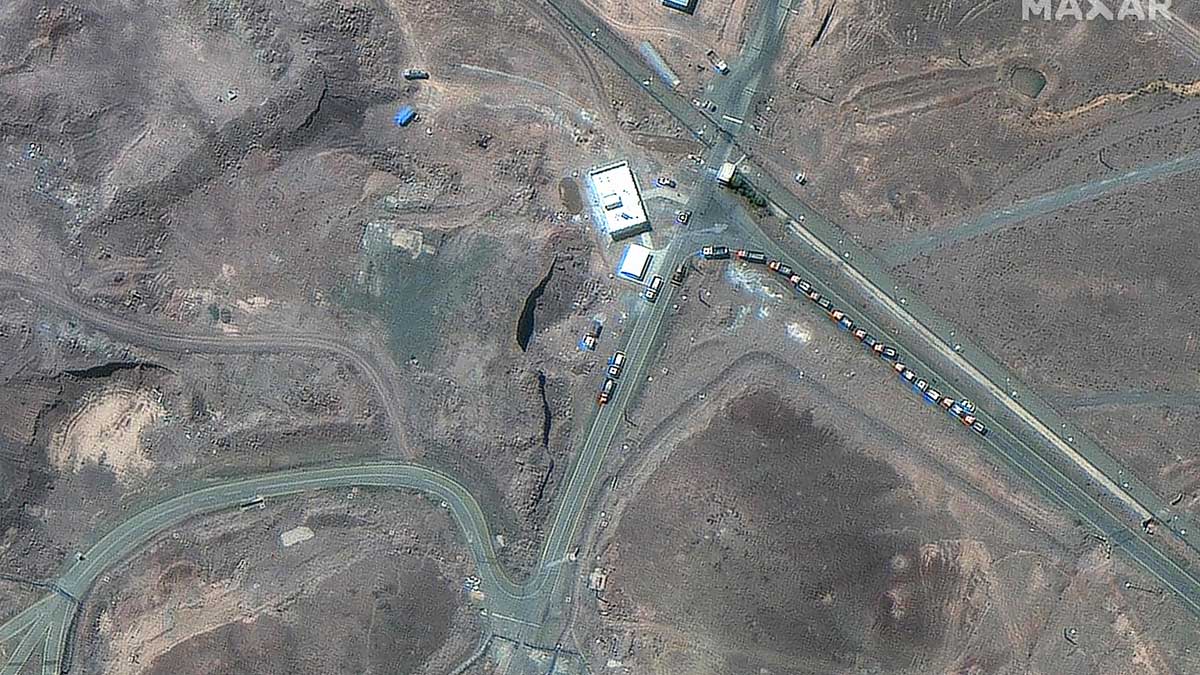
A Ceasefire Teeters, While Tensions Smolder
Twelve days of war between Israel and Iran have concluded in a shaky U.S.-brokered ceasefire, although mutual distrust remains sky-high. Israeli PM Benjamin Netanyahu thanked Trump for his “decisive action,” even as Tel Aviv launched renewed strikes, claiming Iran had violated the truce, an allegation Tehran flatly denied.
In this murky aftermath, diplomacy faces a sobering test: Can dialogue work where bunker busters failed? Or has Iran, by spiriting away its most valuable nuclear asset, ensured that the next chapter in this decades-long confrontation will be fought not over centrifuges, but over a phantom fuel supply hidden in the shadows?
A Nuclear Ghost Story with Global Stakes
The disappearance of 400kg of enriched uranium from Iran marks a turning point in nuclear geopolitics. It is a reminder that no matter how powerful a missile or how precise a stealth bomber, the real threat can sometimes vanish in a convoy of trucks before a single bomb is dropped.
As the world watches and waits, one truth remains clear: The missing uranium is not just a material, it's leverage, it's legacy, and it’s latent danger. And until it's found, the threat of a nuclear flashpoint in the Middle East will hang heavy over every negotiation table.
With inputs from agencies
Image Source: Multiple agencies
© Copyright 2025. All Rights Reserved Powered by Vygr Media.

